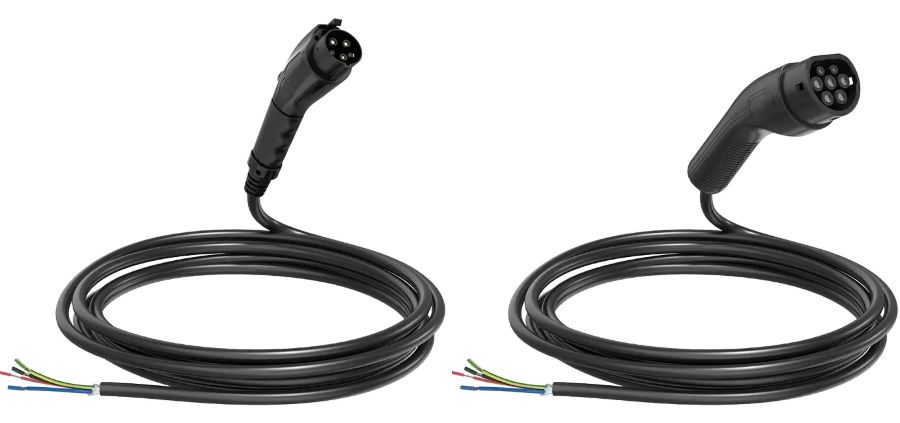
TPU vs. TPE: Which Material is Best for EV Charging Cables?
TPU vs. TPE: Choosing the Right Insulation Material for EV Charging Cables
As a professional EV charger manufacturer in China, Topper Company delivers dependable electric vehicle charging station equipment and comprehensive charging solutions.
As electric vehicles (EVs) continue gaining momentum globally, the need for reliable, durable charging solutions has surged. A key component in EV charging cables is the insulation material, which directly impacts safety, performance, and longevity. Two widely used thermoplastics in this space are Thermoplastic Polyurethane (TPU) and Thermoplastic Elastomer (TPE)—each offering distinct advantages.
TPU is known for its excellent mechanical strength, abrasion resistance, and ability to endure extreme environments. It’s a tough, flexible material ideal for industrial or outdoor use.
TPE, meanwhile, is softer and more elastic. It mimics the properties of rubber while remaining cost-effective and easy to handle. It’s well-suited for indoor or light-duty applications.
TPU stands out with superior tensile strength and tear resistance, making it ideal for cables exposed to frequent handling, coiling, or dragging. In contrast, TPE’s softness improves grip and flexibility but can degrade faster under mechanical stress, especially in high-traffic environments.
TPU performs exceptionally well in harsh outdoor conditions, including exposure to oil, UV rays, extreme temperatures, and moisture. Its resistance to abrasion and chemicals ensures a longer lifespan in rugged settings. TPE holds up well in moderate climates but is better suited for indoor or residential environments.
TPU resists UV degradation and oxidative aging, maintaining flexibility and structure over time—key for outdoor installations. TPE, while decent in short-term performance, may discolor and become brittle with prolonged exposure.
TPE’s soft, rubber-like feel makes it easier to coil and carry—perfect for home chargers or portable units. TPU is more rigid, but this firmness benefits scenarios where cables undergo frequent stress or rough use.
TPU is easier to color and resists fading, allowing better brand alignment and long-term visual appeal. It also withstands chemical sterilization, making it a hygienic choice for chargers in public or healthcare settings. TPE is cleanable but less tolerant of heat and harsh chemicals.
TPE is more eco-friendly and budget-conscious. It’s recyclable, phthalate-free, and well-aligned with green product goals. While TPU is also recyclable, its longer service life often offsets its higher initial cost, especially for commercial or outdoor use.
Choose TPU if you need:
Long-term durability and mechanical strength
Resistance to harsh weather, UV, or chemicals
Outdoor or industrial-grade performance
Sterilization and color stability
Choose TPE if you want:
Cost-effective and lightweight materials
Flexible, user-friendly handling
Cables for indoor or moderate environments
Sustainable, phthalate-free materials
There’s no universal winner—the right material depends on the application. For heavy-duty, outdoor, or commercial EV charging, TPU is unmatched in resilience and performance. For consumer-focused, cost-sensitive projects, TPE offers excellent value and flexibility.
As EV infrastructure continues to expand, selecting the appropriate cable insulation ensures not only long-term safety and efficiency but also an optimal user experience.Know more about Google SEO Directory
© 2024 Crivva - Business Promotion. All rights reserved.